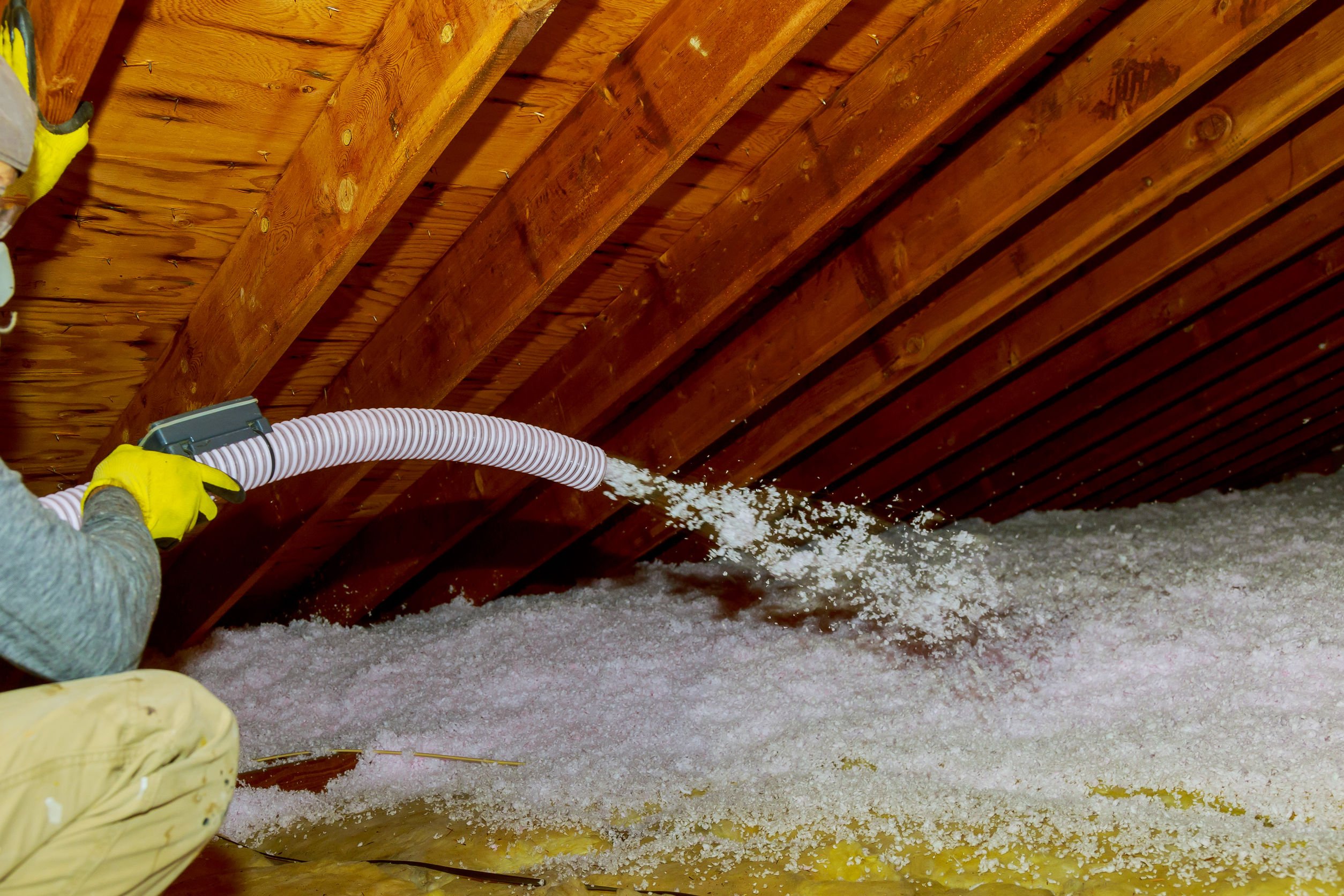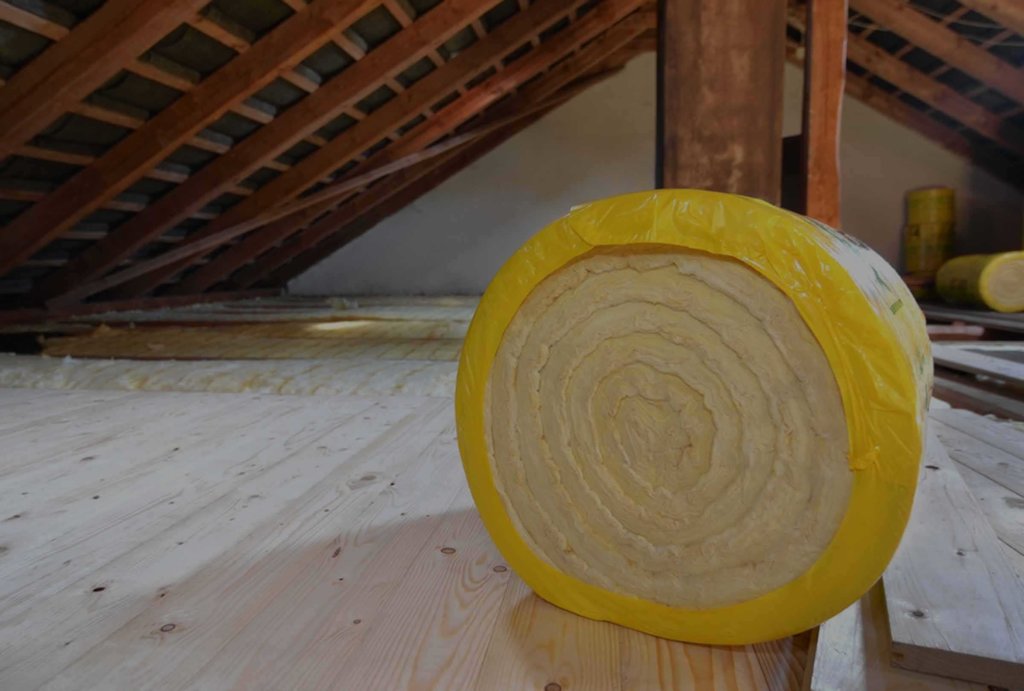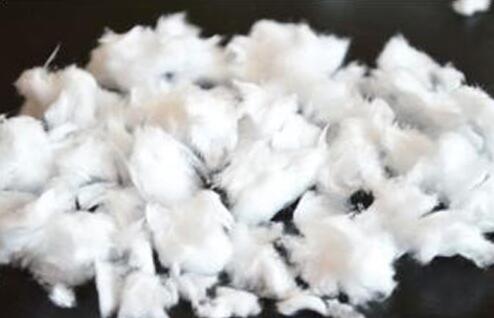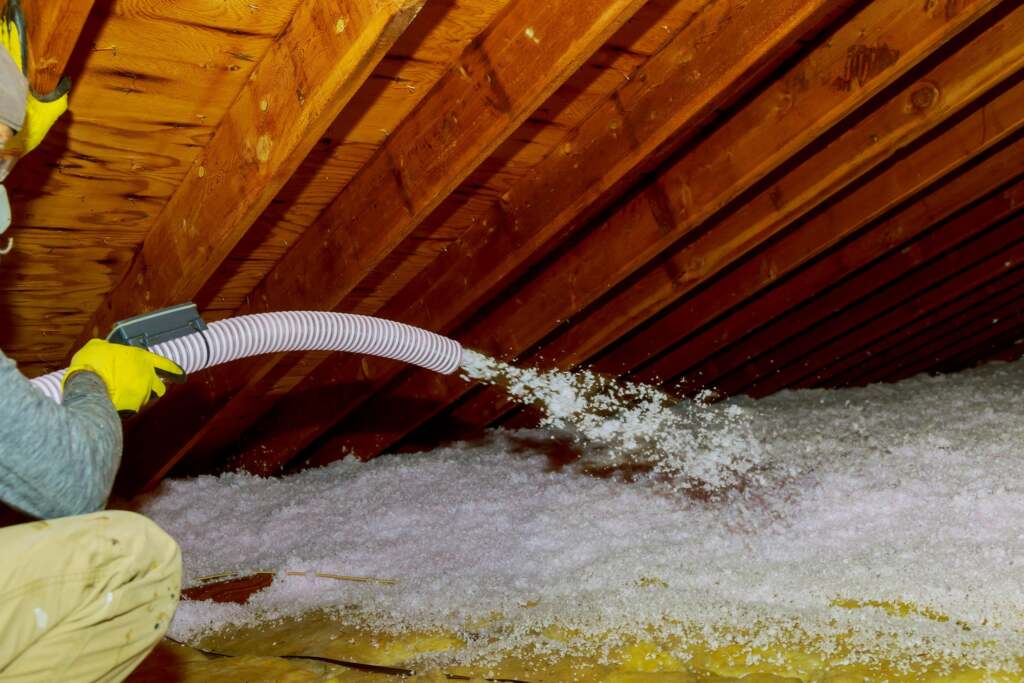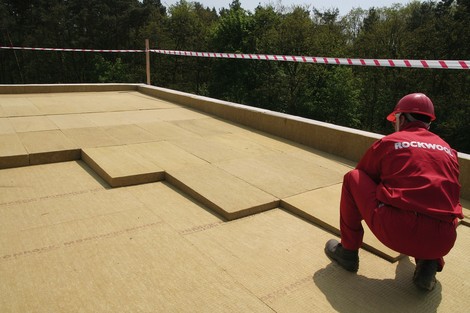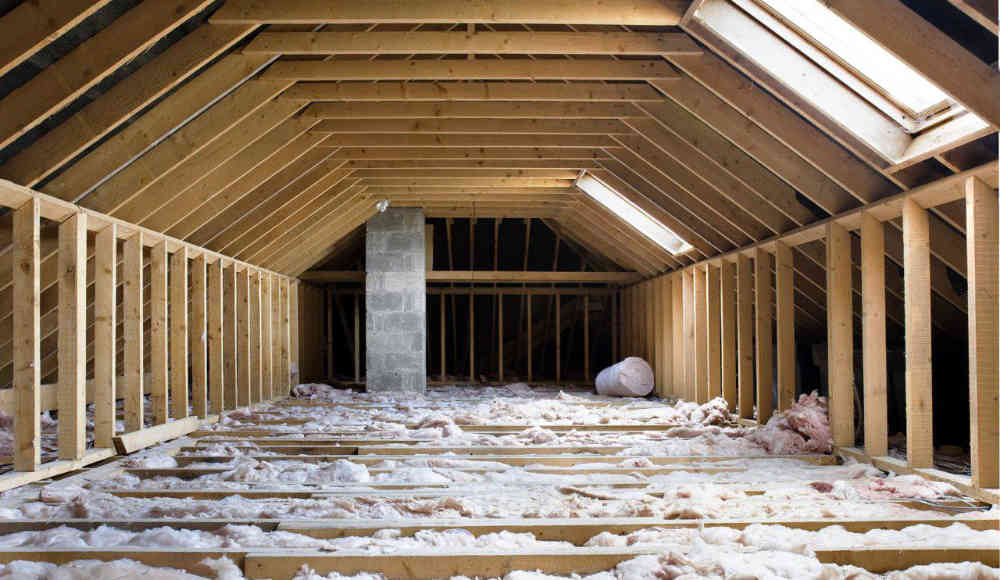Insulating a commercial building is an important step in improving energy efficiency, reducing heating and cooling costs, and creating a comfortable indoor environment for employees and customers. There are several ways to insulate a commercial building, including insulation materials, insulation techniques, and insulation placement. In this article, we will explore the different options available to insulate a commercial building.
Insulation Materials
The first step in insulating a commercial building is choosing the right insulation material. There are several options available, each with its own advantages and disadvantages. Here are some of the most common insulation materials used in commercial buildings:
- Fiberglass Insulation
Fiberglass insulation is made of fine glass fibers and is one of the most common insulation materials used in commercial buildings. It is relatively inexpensive and easy to install. It comes in rolls or batts and can be cut to fit into walls, floors, and ceilings. However, fiberglass insulation can be irritating to the skin, eyes, and respiratory system if proper precautions are not taken during installation.
- Cellulose Insulation
Cellulose insulation is made of recycled paper products and treated with chemicals to make it fire-resistant. It is blown into walls, floors, and ceilings using a special machine. Cellulose insulation is more expensive than fiberglass insulation but is more effective at reducing air leaks and improving energy efficiency. It is also a more environmentally friendly option since it is made from recycled materials.
- Spray Foam Insulation
Spray foam insulation is made of two chemicals that are mixed together and sprayed onto surfaces. It expands to fill in gaps and crevices and creates an airtight seal. Spray foam insulation is more expensive than other insulation materials but is very effective at reducing air leaks and improving energy efficiency. It also has the added benefit of being a moisture barrier, preventing mold and mildew growth.
- Mineral Wool Insulation
Mineral wool insulation is made of rock or slag fibers and is more fire-resistant than other insulation materials. It is available in batts or blown-in form and is more expensive than fiberglass insulation but less expensive than spray foam insulation. Mineral wool insulation is also more effective at reducing noise transmission than other insulation materials.
Choosing the Right Insulation
Choosing the right insulation for your commercial building will depend on a number of factors, including the climate, the building’s construction, and the budget. Here are some considerations to keep in mind when selecting insulation:
- Climate
The climate in which the building is located will play a large role in determining the type of insulation that is best suited for the building. In colder climates, it is important to select insulation that provides a high R-value, which measures the insulation’s resistance to heat flow. In warmer climates, it is important to select insulation that is reflective, which can help to reduce heat gain.
- Building Construction
The construction of the building will also play a role in determining the type of insulation that is best suited for the building. Buildings with a lot of voids and gaps may benefit from blown-in or spray foam insulation, while buildings with solid walls
Insulation Techniques
Once you have chosen the right insulation material, the next step is to decide on the insulation technique to use. There are several techniques available, each with its own advantages and disadvantages. Here are some of the most common insulation techniques used in commercial buildings:
- Blanket Insulation
Blanket insulation, also known as batts or rolls, is the most common insulation technique used in commercial buildings. It involves installing fiberglass or mineral wool insulation between studs, joists, and rafters. Blanket insulation is relatively easy to install and is an effective way to insulate walls, floors, and ceilings.
- Blown-in Insulation
Blown-in insulation, also known as loose-fill insulation, is installed using a machine that blows insulation into walls, floors, and ceilings. It is a good option for insulating hard-to-reach areas and for adding insulation to existing walls and attics. Blown-in insulation is more expensive than blanket insulation but is more effective at reducing air leaks and improving energy efficiency.
- Spray Foam Insulation
Spray foam insulation is installed by spraying a mixture of chemicals onto surfaces, where it expands to fill gaps and crevices. It is a good option for insulating irregularly shaped areas and for creating an airtight seal. Spray foam insulation is more expensive than other insulation techniques but is very effective at reducing air leaks and improving energy efficiency.
Insulation Placement
The final step in insulating a commercial building is deciding where to place the insulation. There are several areas in a commercial building that can benefit from insulation, including walls, floors, ceilings


